

Paying for In-Home Care
Private Pay
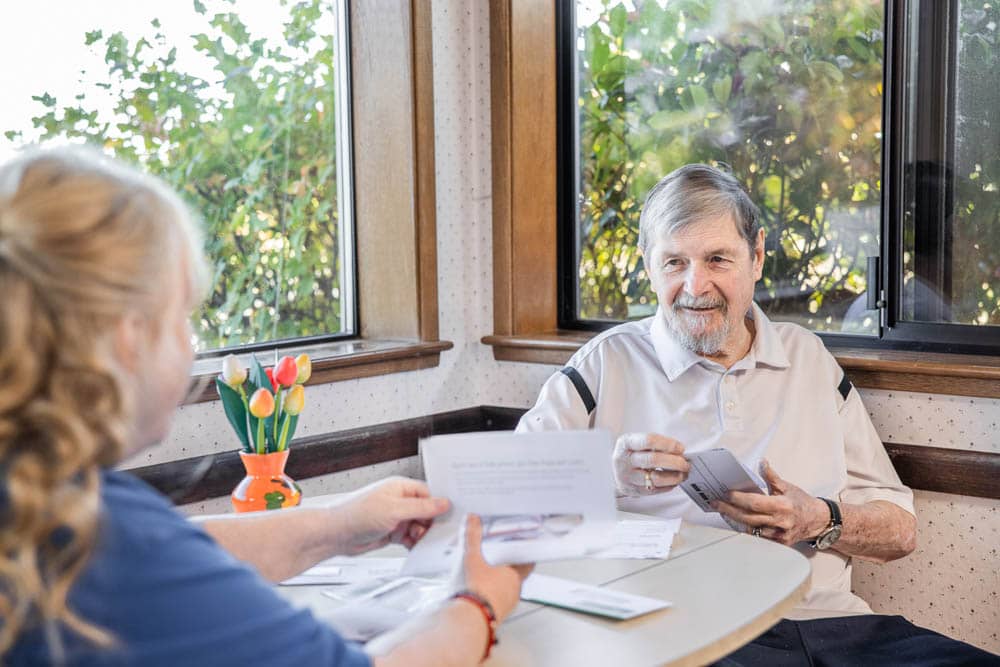

Long-Term Care Insurance
A long-term care insurance policy can be a great option to help pay for home care, as the policy can provide a set dollar amount available to fund care on a daily/weekly/annual basis. If you're not sure whether your loved one has a long-term care insurance policy, ask them or check records for a copy of the policy or a history of payments to an insurance company.
Collecting benefits from your long-term care insurance policy can be daunting if you're not familiar with the process. Right at Home has partnered with the American Association for Long-Term Care Insurance to develop free tips to help clients access their long-term care insurance benefits as quickly and easily as possible.
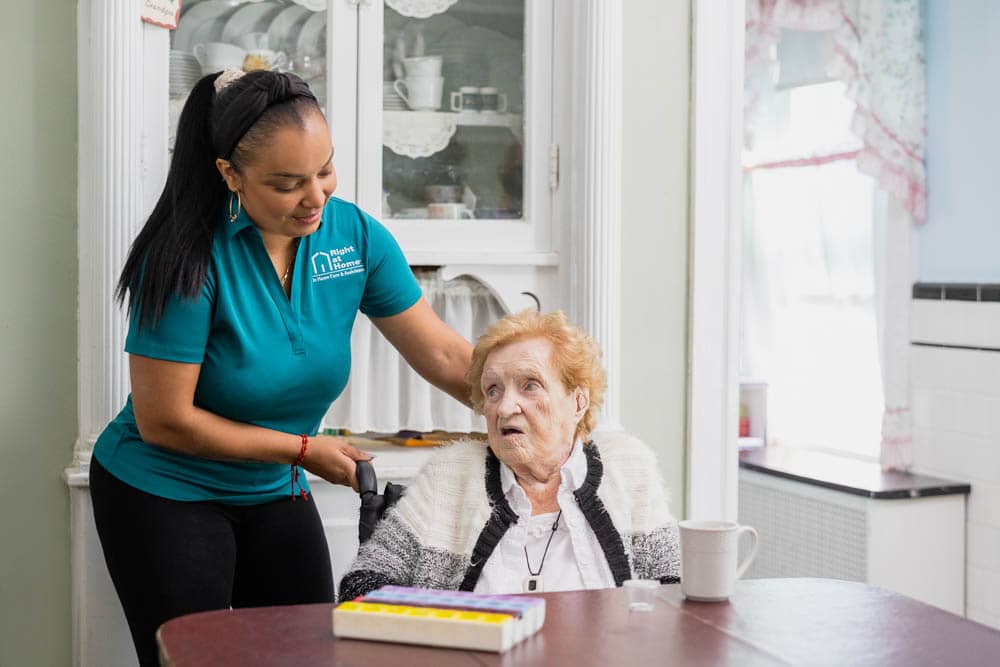

Long-Term Care Benefit Plan
A long-term care benefit plan is the conversion of an in-force life insurance policy into an irrevocable, FDIC-insured benefit account. An unneeded life insurance policy is sold for a percentage of the death benefit (the range can be between 20% and 60%) and the funds are immediately available to pay for senior care.
Once enrolled in the benefit plan, tax-advantaged monthly payments are made directly from the account to cover any form of senior care: home care, assisted living, nursing home, memory care, and hospice.
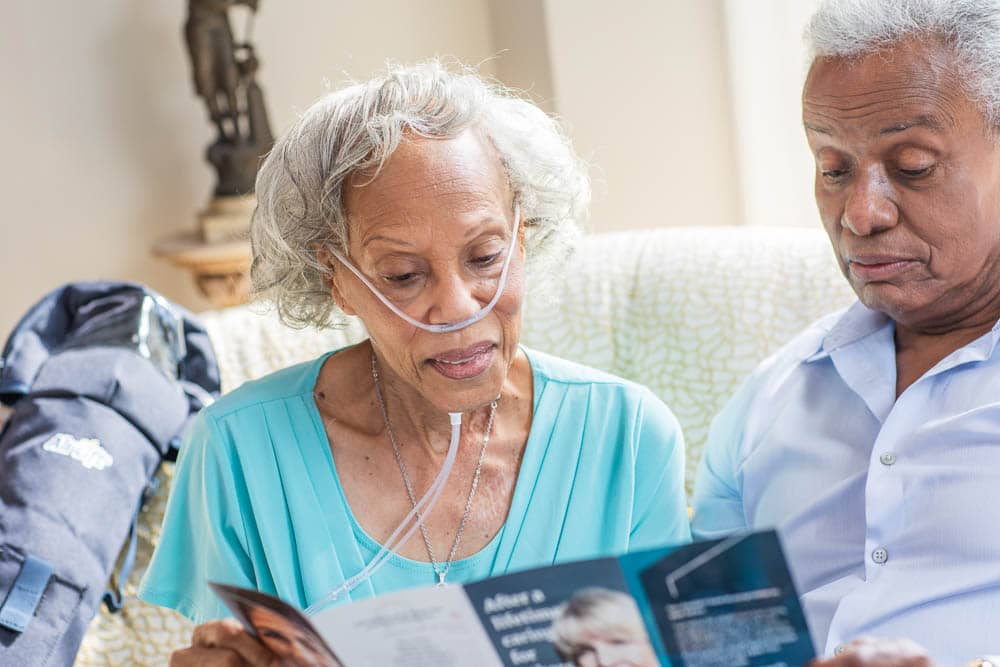

Reverse Mortgage
A reverse mortgage is a loan that enables senior homeowners, age 62 and older, to convert part of their home equity (primary residence only) into tax-free income without having to sell their home, give up title to it, or make monthly mortgage payments.
You don’t need to repay the loan as long as you or another borrower continues to live in the house and keep the taxes paid and insurance in force. The loan only becomes due when the last borrower permanently leaves the home, at which time the reverse mortgage principal, interest charges, closing costs and service fees are typically paid back from the sale of the house.


Viatical Settlements
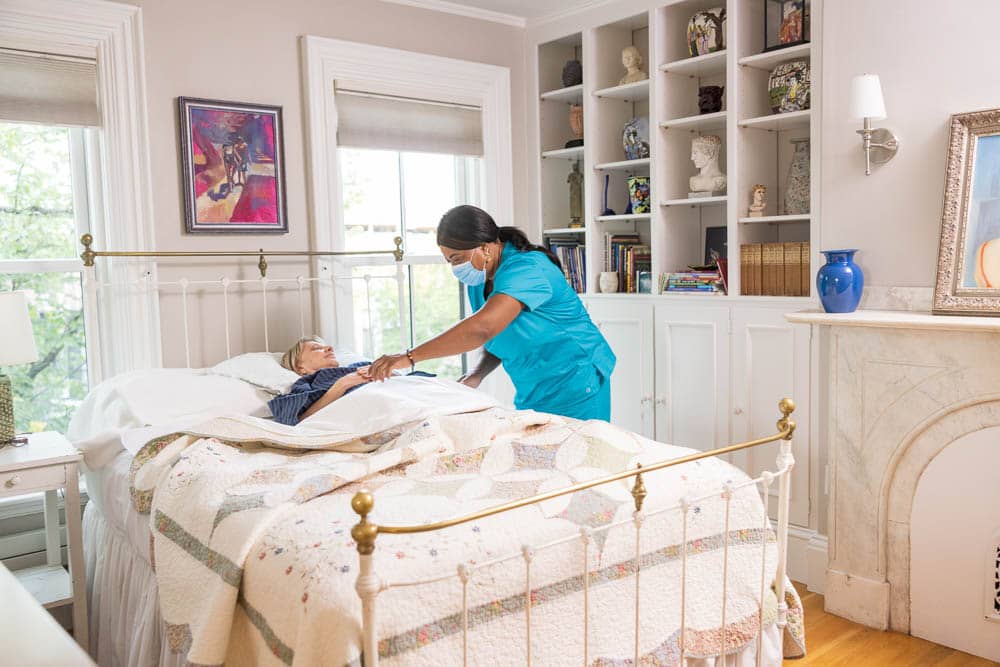

Senior Living Loans
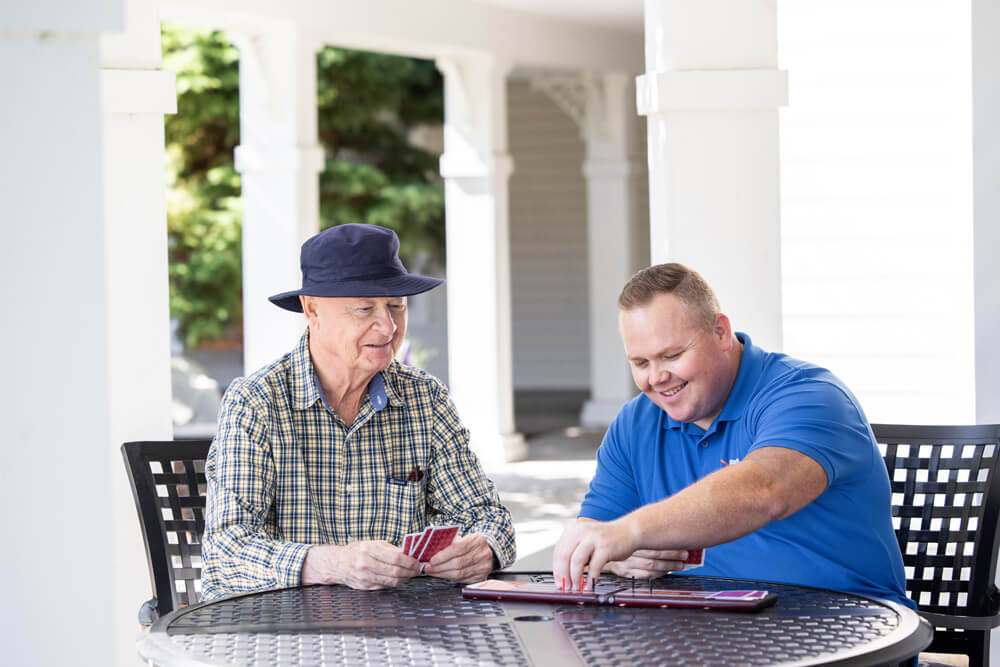

Veterans Aid and Attendance (A&A)
Veterans and their surviving spouses who require the regular aid and attendance of another person for activities of daily living, such as bathing, dressing, medication monitoring, etc., may qualify for a special Aid and Attendance (A&A) benefit, in addition to their monthly pension. This benefit is available to honorably discharged veterans and their surviving spouses who meet eligibility criteria. Assets are included in the equation for eligibility, with exclusions for personal property such as the veteran’s home or vehicle. For additional A&A benefit information, visit the U.S. Department of Veterans Affairs website.


Genworth Cost of Care 2020 Survey
For years, Genworth has helped the aging population navigate caregiving options and compare costs. Below is a breakdown of types of care and their costs.
| Care Type | National Average Cost |
|---|---|
|
Adult Day Care |
** $ 1,603 per Month |
|
Assisted Living |
** $ 4,300 per Month |
|
Nursing Home |
** $ 8,821 per Month |
|
In-Home Care |
* $ 4,074 per Month |
* Based on annual rate divided by 12 months (assumes 40 hours per week)
** Based on annual rate divided by 12 months
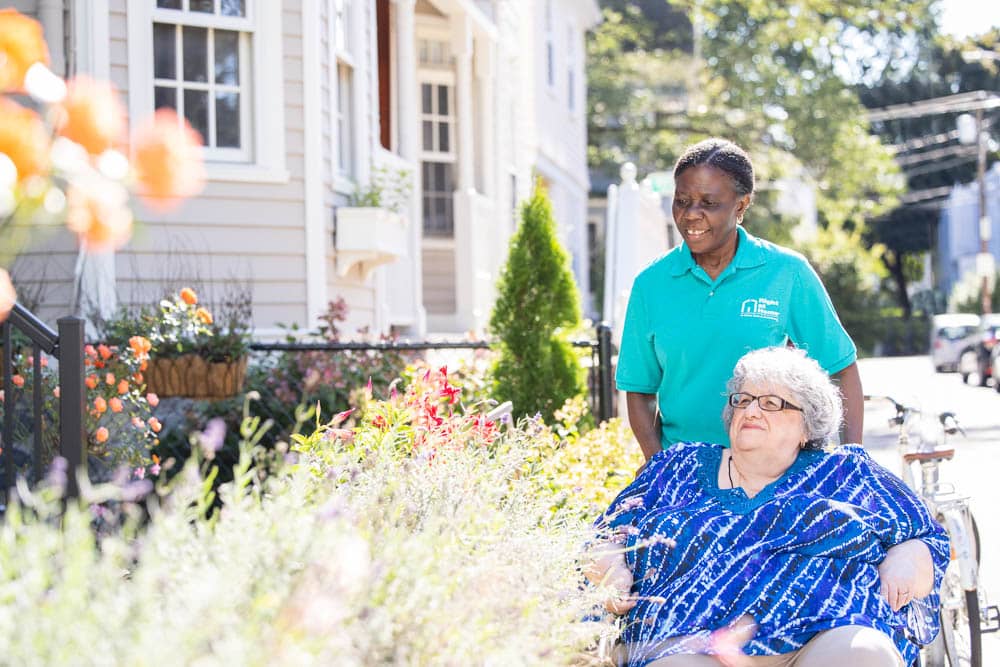

Autonomy, Freedom, Independence, Having a say in your life.
When medical conditions take an individual down a path of difficulty and needing assistance, directly after getting the care they need physically, these things are usually at the top of their mind. Research has shown that losing independence and the freedom of choice frightens more people than death.
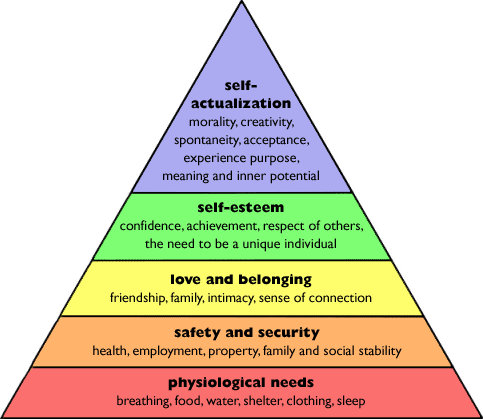
In Homecare, our goal is not just to meet the physical needs at the bottom of the triangle, but to work our way up to truly meeting the individualized Person Centered Care at the very top.
Assisted Livings can usually be considered a One Size Fits All type of scenario. Meal times are offered at certain times only, activities are to fit the crowd, and the bus usually brings them to certain places of interest on certain days. If someone uses the assistance of their showers and personal care help, it is made to fit the facility’s schedule, as there are many residents there. They receive the service of the individuals at the facility, but not the continuity that is found with one on one care. The average cost of assisted living in our area is $4088/month, depending upon level of care needed.
Before looking to move someone, first consider the following:
- Independence: Home care allows older adults maximal freedom and control as they age. Throughout life, our home is our castle. The home setting is a “least restrictive” environment that allows older adults to remain engaged with their typical daily activities and to remain in the community. It epitomizes the movement towards “person-centered care.” It allows for more choices and the opportunity to be more active in the things they enjoy doing.
- Person-Centered: No one person, lifestyle, or situation is the same. Home care recognizes how essential specialized care is to maintaining health. By definition, home care is one-on-one, and our goal is to achieve true “Person-Centered” care, helping each individual thrive, not just survive.
- Balance: In times of sickness, the family bond takes center stage. Families are an imperative source of physical, mental, and emotional support, but if family members become overburdened, the balance will not work out for either party. At times, the family members may need to insist on starting homecare, as a means to safely keep them in their home, so they can remain as a support, rather than nearing “caregiver burnout.”
- Promotes Well-being: Being in a familiar environment allows someone to receive the best support emotionally, as well as physically. Right at Home care plans try to incorporate range-of-motion exercises in most care plans, when appropriate, to increase and maintain strength. Much research shows home care expedites healing, because they are in a comfortable place, they have choices, and they have carestaff coming in to spend time with and for them.
- Timeliness is Important: One of the most important things is to recognize the need and start homecare services before critical incidences or family caregiver burnout occurs.
A great scenario for hours of care at home, to encompass everything and more that an assisted living could provide, and allowing for Person-Centered care at home would be: 3-4 hours each am and 2-3 hours each pm, taking care of personal care, meals, meds, housekeeping, laundry, shopping, errands, and much more individualized care. The cost of such a scenario would be about $1008/ week, and they would be able to stay in their home.
Working with Home Healthcare (Skilled)
- Home Healthcare is considered a skilled care for those that are home bound, providing PT, OT, wound care, infusion therapies, and more, and is also usually covered by Medicare or insurance. Home Healthcare includes agencies such as PRN Homecare, Heartland Homecare and Hospice, Theda Homecare and Hospice, Ascension Homecare and Hospice, Amedysis Homecare, Rehab Arises.
- The care we provide is non-medical, providing bathing, dressing, meals, grocery shopping, transportation, light housekeeping and complete care management of supportive living services at home, and we work side by side the skilled care agencies for a complete solution. The skilled care agencies can meet needs both in assisted livings, as well as in homes.
- When therapies are assigned, Right at Home staff continue the range-of-motion exercises that are prescribed from the therapists with home healthcare, with clients at home on opposite days.



